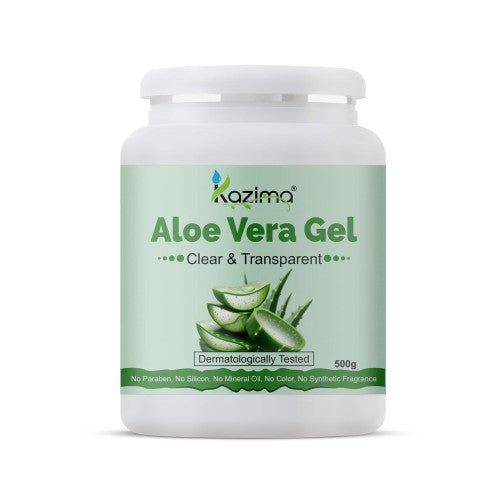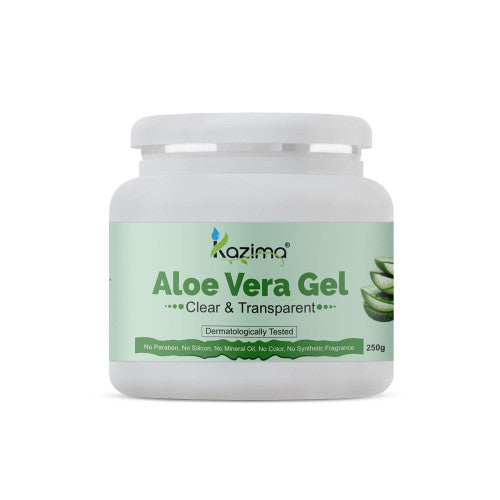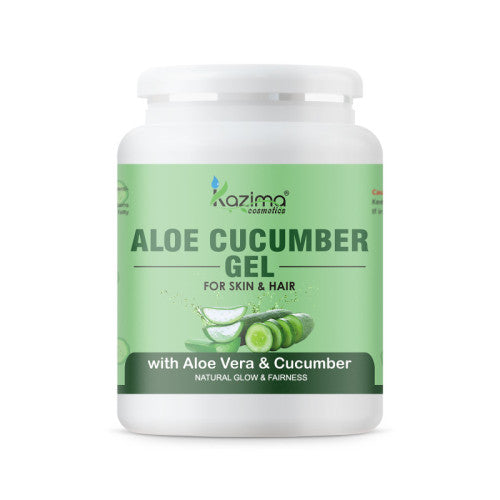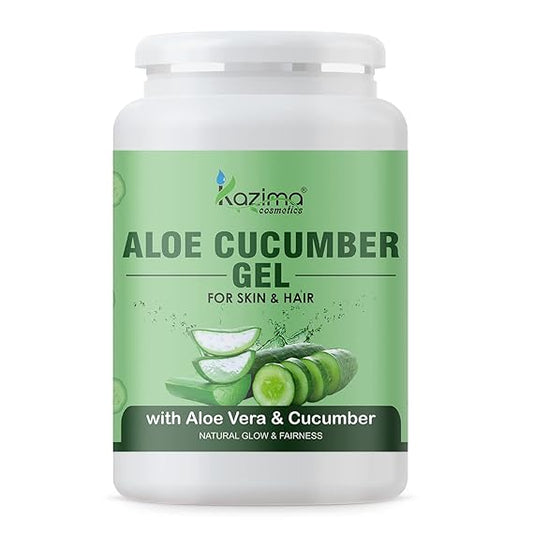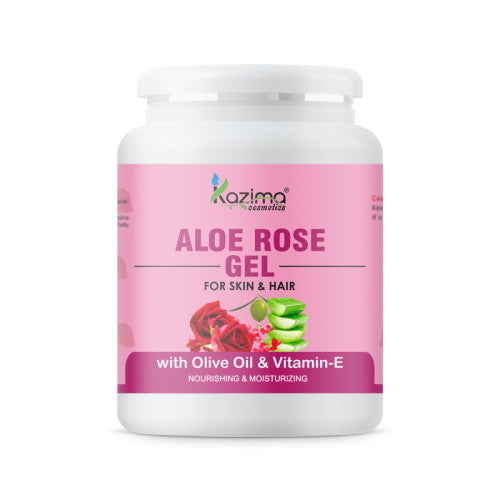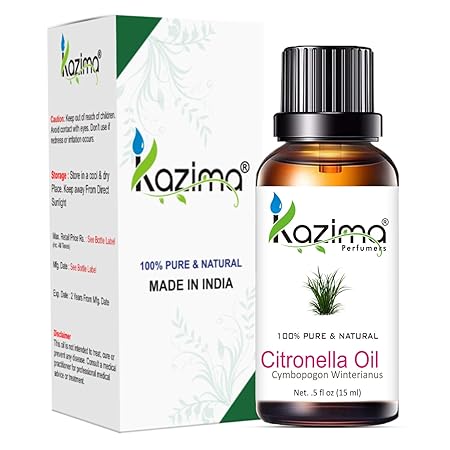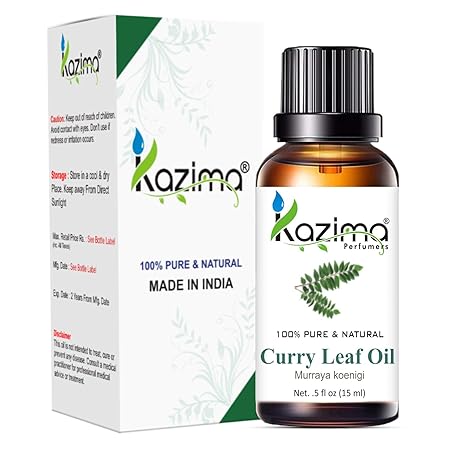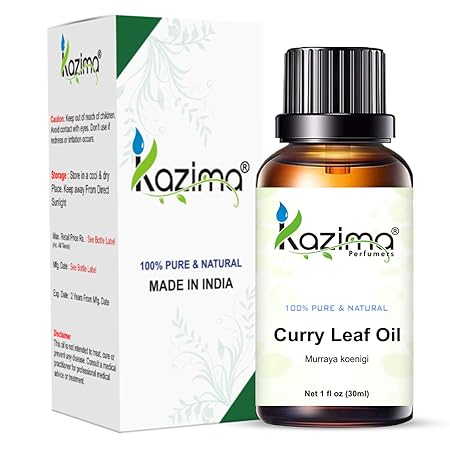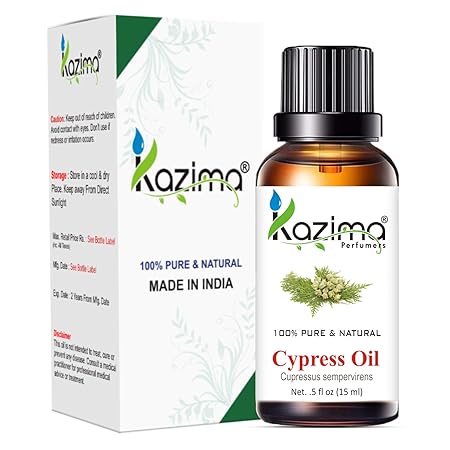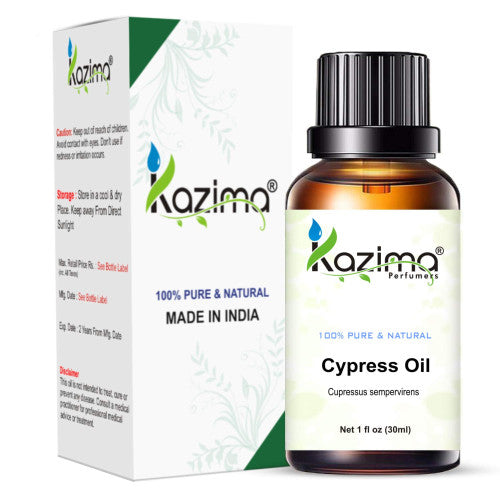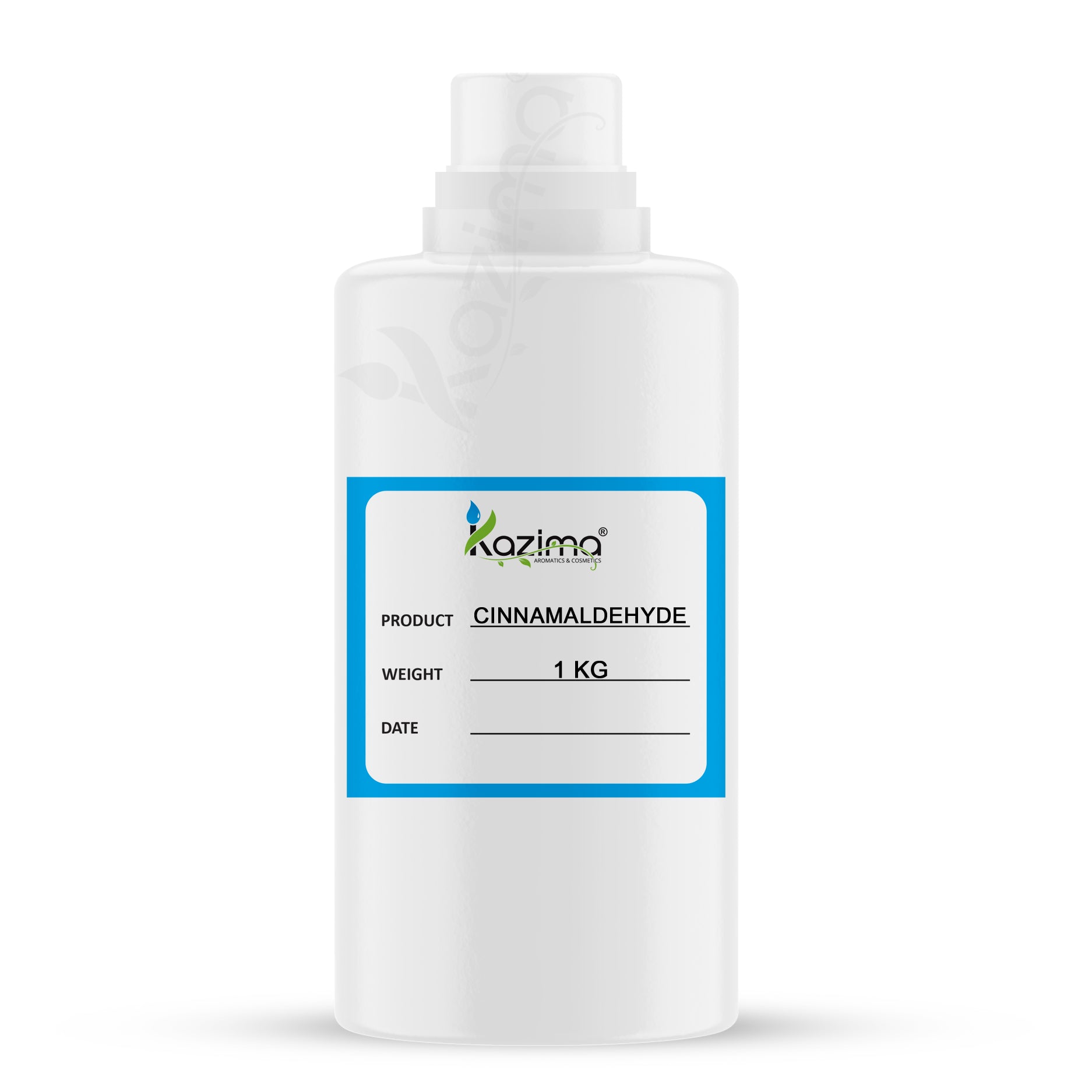Cinnamaldehyde
- Regular price
- ₹199.00
- Regular price
-
₹ - Sale price
- ₹199.00
- Unit price
- per
Inclusive of all taxes
Couldn't load pickup availability
Cinnamaldehyde is a powerful, naturally occurring compound extracted from cinnamon bark. Known for its warm, spicy aroma, it is widely used in flavoring, perfumery, oral care, and pharmaceutical formulations. This compound is responsible for the characteristic scent and taste of cinnamon and serves as a key flavor enhancer in food and beverages. In cosmetics, Cinnamaldehyde acts as a fragrance ingredient, offering a comforting, aromatic profile for soaps, creams, and body products. It also possesses antimicrobial and antifungal properties, making it valuable in medicated formulations and dental care. Cinnamaldehyde blends well in essential oil compositions, room fresheners, and incense for a warming aromatic impact. Available in high purity, it is ideal for both B2B manufacturing and formulation-level applications in flavor, fragrance, and wellness industries.




